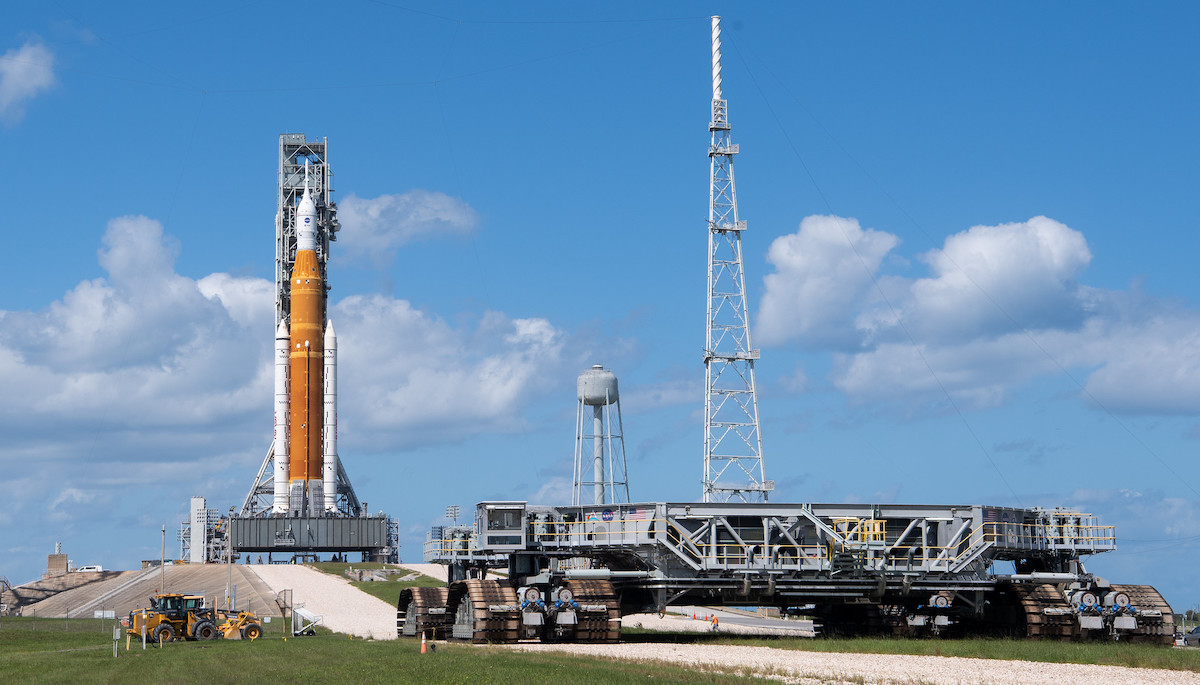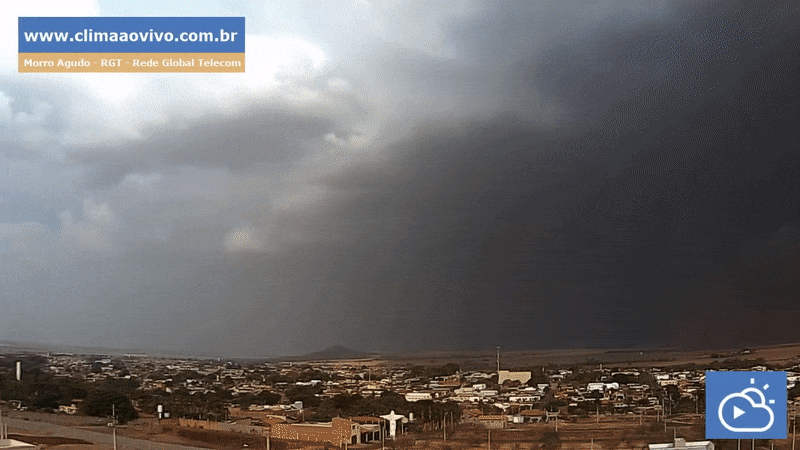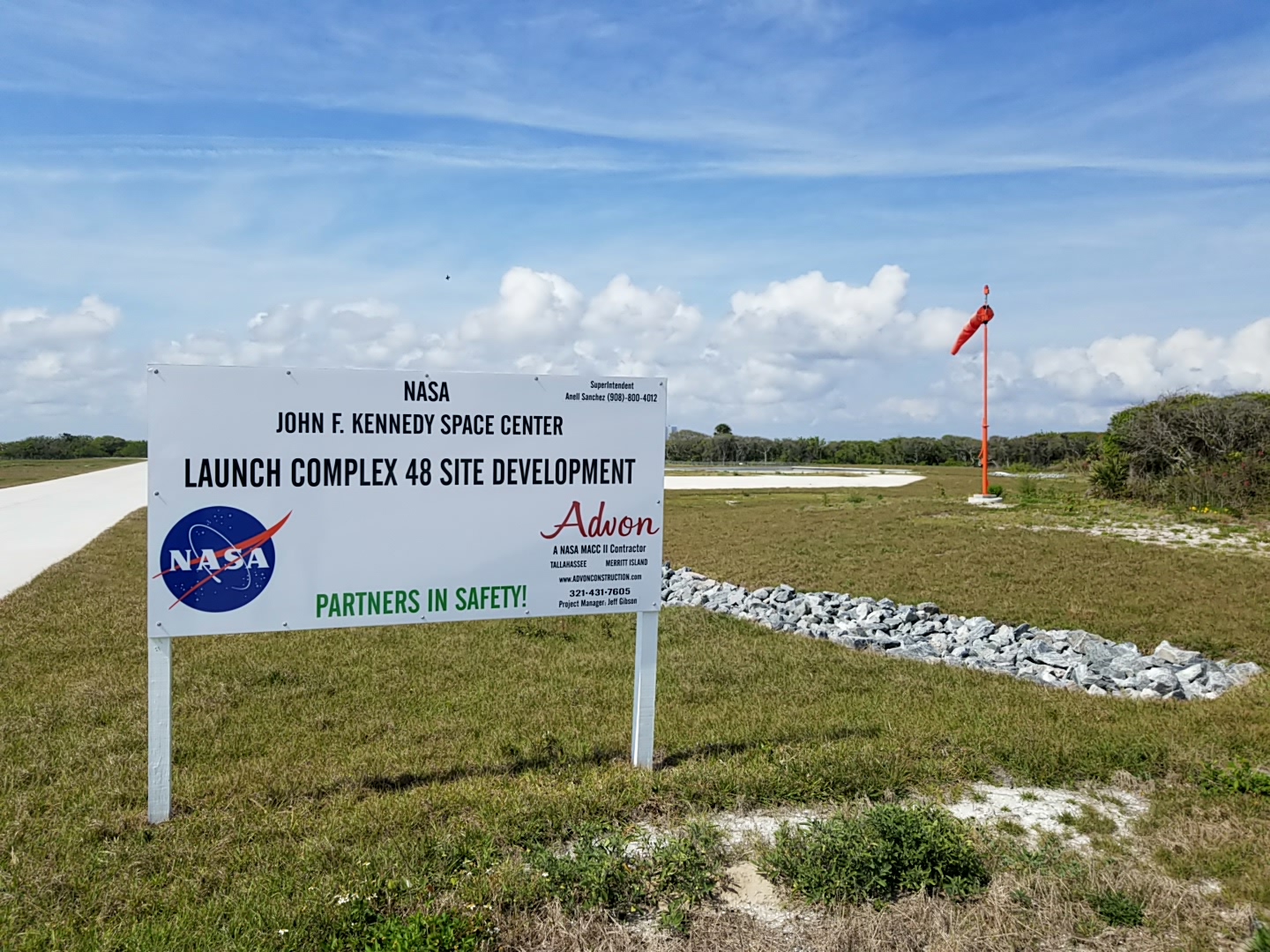
Faced with threatening weather from Hurricane Ian, NASA managers decided Monday to haul the $4.1 billion Artemis 1 rocket off its launch pad and back to the protection of the agency’s Vehicle Assembly Building, likely ending any chance of launching the unpiloted moonshot before November.
NASA said in a blog post the decision was made “after additional data gathered overnight did not show improving expected conditions for the Kennedy Space Center area. The decision allows time for employees to address the needs of their families and protect the integrated rocket and spacecraft system.”
After two launch scrubs August 29 and September 3 due to hydrogen leaks and other issues, NASA carried out on-pad repairs and targeted a third attempt for Tuesday. But then-Tropical Storm Ian forced NASA to pass that up in favor of a backup opportunity October 2.
Over the weekend, NASA managers monitored the strengthening storm while engineers began rollback preparations, but a final decision was put off until Monday in hopes the forecast would improve enough to preserve the backup launch opportunity. Early Monday, those hopes were dashed, with forecasters predicting torrential rain, lightning and high winds in Brevard County later this week.
The decision was the latest in a series of setbacks for the 330-foot-tall rocket, the most powerful ever built for NASA and the linchpin in the agency’s Artemis moon program.
The goal of the initial test flight is to send an unpiloted Orion crew capsule on a long flight around the moon and then to test its heat shield during a hellish high-speed plunge back into the atmosphere at the end of the mission.
Because of the ever-changing positions of Earth and moon, the rocket can only be launched during specific periods when lighting and a variety of other factors are favorable. The current launch period, No. 26, closes October 4. Launch period 27 runs from October 17 through the 31st.
But because of the time needed to roll back to the VAB, service batteries in the rocket’s self-destruct system and then to haul it back out to the pad, re-connect propellant, power, data lines and other systems, NASA almost certainly will be forced to target launch period 28, which runs from November 12 to 27, for the next launch attempt.
Note: This article have been indexed to our site. We do not claim legitimacy, ownership or copyright of any of the content above. To see the article at original source Click Here












